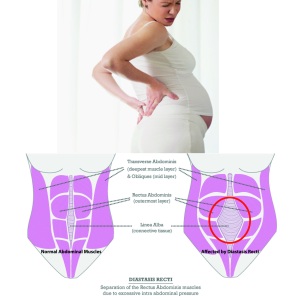After pondering and researching Crossfit for a couple months I decided to take the plunge and join my local box, Crossfit 817 . I am so happy I made this decision as the workouts are unlike any other program in which I have participated.
Most of us need an external source (coach or trainer) to push us and make us work harder than we would on our own. Crossfit absolutely provides that push! After a WOD (Workout of the Day ) I always feel proud and amazed that I finished whether I am first or last. It is typical that boxes are not air conditioned and I can't help but appreciate the evidence of my hard work displayed by sweat drenched hair and clothes. I have only been a Crossfit member for 2 months but I know I will be a Crossfitter for a long time to come!
The coaches I have worked with at Crossfit 817 have been amazingly thorough and I have been very impressed with their skill and commitment to ensuring injury-free WODs to members. Good coaching and education on overuse and positional injuries are a must for any Crossfit box.
That being said, as a women's health physical therapist, I must point out the program limitations for women with Crossfit as a whole. Crossfit is a great option for women but additional coaching or training is necessary for a seamless participation after pregnancy and delivery. A couple areas that need to be addressed for women are pelvic floor strength and recruitment with WODs and abdominal muscle integrity after delivery.
Pelvic Floor Strength and Integrity
Many women complain of a "weak bladder" and/or stress incontinence ( urine leakage with a cough, sneeze, jump, or lift) that begins or worsens during pregnancy and after delivery. This is the time that pelvic organ prolapse begins but often does not become symptomatic until many years down the line as gravity continues to pull on the pelvic organs. The pelvic floor muscles also experience significant trauma and often require specific training by a physical therapist to return to pre-baby function. ( In France all women participate in pelvic floor physical therapy for 8-12 weeks following delivery.)
The high intensity components in Crossfit that increase the effect of gravity on our bodies is where many women start to see symptoms of weakened pelvic floor muscles.
Box Jumps , Double Unders, and Jump Squats are some activities that often result in stress incontinence for women and can progress a mild prolapse of pelvic organs to a severe prolapse that is uncomfortable and interferes with daily activities.
This is very common however, rarely talked about or treated until it reaches a point of being completely unbearable. Pelvic floor strengthening and coordination can stop urinary incontinence during high impact activities and stop or reverse the symptoms of pelvic organ prolapse.
Do you Pee when you Crossfit?
Abdominal Muscle Integrity
Another common injury that occurs during pregnancy is separation of the abdominal muscles. This is called Diastasis Recti. Separation of Rectus Abdominis results in weakness in the core, possible pain, and an altered appearance of the abdomen.
When returning to Crossfit after pregnancy women should be screened for Diastasis Recti. The muscles will return to normal position over time for some women but others will require additional training to restore normal position of the muscles.
Diastasis Recti is worsened by activating the muscles in a shortened position and repetitive trunk rotation. This includes sit ups, knees to elbows, and toes to bar. Abdominal strengthening should be limited to positions without trunk rotation and avoid excessive flexion and extension of the trunk. Diastais splints will also help guide the muscles back to their rightful position.


No comments:
Post a Comment